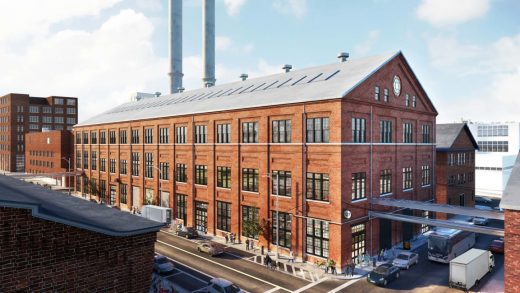Why two of the world’s most innovative design firms are moving to an old shipyard
After years of sitting in the dark, its massive windows bricked over, a huge and historic building in Brooklyn’s Navy Yard is going back to its manufacturing roots. An extensive $42 million renovation of the century-old boat-building facility by S9 Architecture has turned it into a space for modern design and manufacturing. And soon it will be home to two of the most innovative design and manufacturing firms in New York.
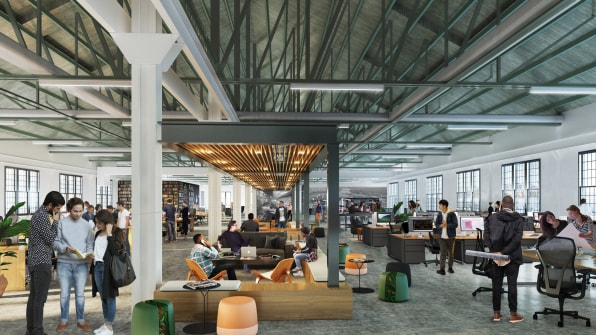
Product design giant Smart Design, known for its work on OXO kitchen tools and projects for clients like Ford and Gatorade, will be moving in, as will Daedalus Design & Production, a stage set fabricator whose scenery and props create the worlds within Broadway shows like Hamilton and the big-budget live musical version of Disney’s Frozen.
They’ll join a menagerie of design, technology, and light manufacturing companies—including Newlab, Fast Company’s 2020 Design Company of the Year—that already occupy the revived Navy Yard. It’s an active shipyard that originally opened in 1801 but was decommissioned by the military in the 1960s. Since then, the yard has undergone a gradual transformation into an increasingly rare space for manufacturing and building companies in New York City. This latest renovation of what’s known as Building 127, originally erected in 1904, is the Navy Yard’s final restoration of a historic building on its 300-acre site.
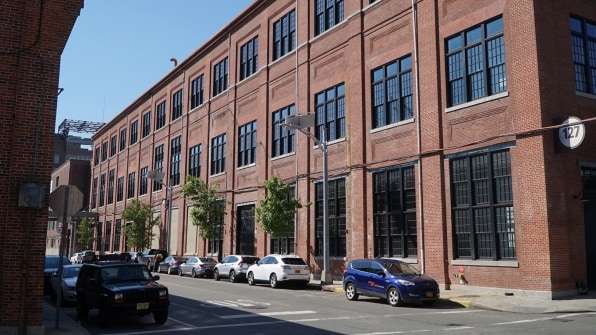
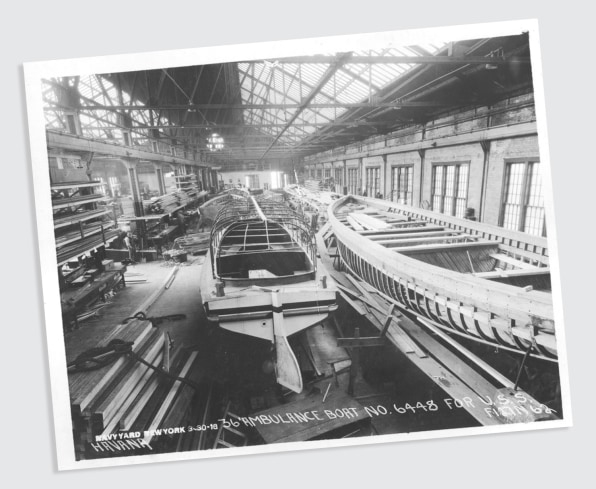
Smart Design and Daedalus will take up about half of the restored Building 127, a giant, 95,000-square-foot structure with 30-foot-tall ceilings on three floors. Nodding to its past, the building retains the giant crane system that once hoisted 60-foot-long boats up and down its massive space.
Until about 2017, the building was used by the maker of a diner staple, the pink-packeted coffee sweetener Sweet’N Low. “Every package of Sweet’N Low was actually packed at the Navy Yard for the entire country, which is crazy if you think about it,” says Johanna Greenbaum, chief development officer at the Brooklyn Navy Yard Development Corp. With no need for natural light, the building’s epic 20-by-20-foot windows were covered up—a near blasphemy in an era when natural light and huge ceiling heights are coveted assets in real estate.
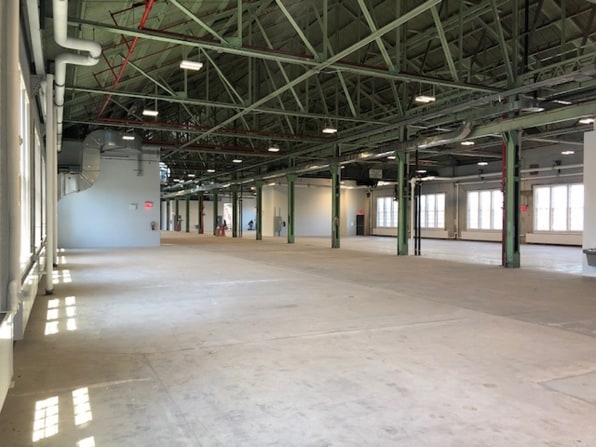
The renovation put those big windows back to use after the building’s developers found the one shop on the East Coast that was able to restore their historic panes and lintels. “Bringing those windows back to their original glory was a major operation,” Greenbaum says, adding that the effort was worth it for bringing the building back to its original design, and also useful for luring the kind of tenants that would appreciate the space.
Smart Design, whose previous offices are in Chelsea, had actually been looking to move into the Navy Yard for six or seven years, according to partner Richard Whitehall. Once he toured Building 127 during the renovation and saw what he calls its “breathtaking proportions,” he knew it was time to make the move.
“We were looking for an open space that would provide flexibility to create different configurations such as community spaces, team spaces, and personal spaces,” he explained via email. The building’s steel roof trusses help to create a huge column-free space, which is a major plus for the company, which will build its design studios in about 21,000 square feet of the building’s third floor.
The space will also enable the company to work on physically larger prototypes, such as full-scale mockups of mobility concepts for Ford, or to test exercise equipment related to its work with Gatorade.
The open space will also be beneficial for Daedalus. “We’d been bursting at the seams in our old shop and had been looking for places for quite a while,” says cofounder James Robertson. Though Broadway has been darkened by the pandemic, Robertson says ongoing projects, like a major piece for the Frozen musical, have kept the 19-year-old firm busy. “With more space we can definitely do more. I think it will also expand our capabilities. We’ll be able to do things we weren’t able to do in-house before,” he says.
Both Robertson and Whitehall say they were attracted to the building partly because of the ecosystem of creative businesses operating at the Navy Yard, and the sense of experimentation there. “You feel you’re really on the forefront of innovation,” Whitehall says. “It’s a place you can experiment and try things you can’t do elsewhere. It’s a place where people are really pushing boundaries.”
(44)

